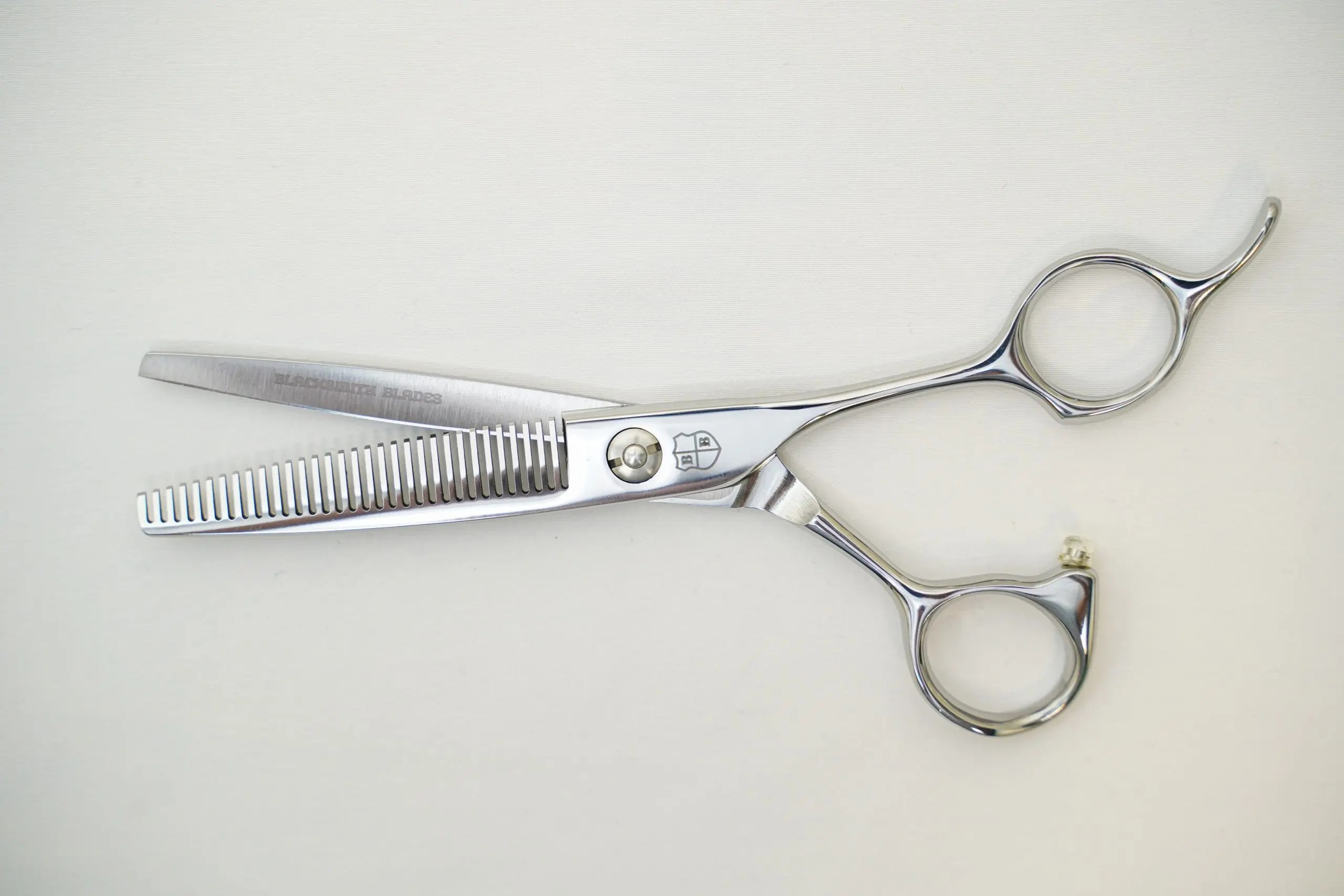Thinning shears are an essential tool for any hairstylist, whether you're a seasoned professional or a beginner enthusiast. These specialized scissors are designed to help create texture, remove bulk, and seamlessly blend layers in hair. With the right technique, thinning shears can transform a flat hairstyle into a voluminous, stylish look that enhances the natural beauty of your locks. In this guide, we will explore the various aspects of thinning shears – from their types and uses to tips on how to use them effectively.
Understanding the function and benefits of thinning shears is crucial for anyone looking to elevate their hairstyling game. Unlike regular scissors, thinning shears feature a unique design with one or both blades having notches or teeth, allowing them to cut some hair while leaving others untouched. This creates a softer, more natural finish, making them ideal for adding movement and dimension to any hairstyle. They can also be used for various hair types, including thick, curly, or straight hair.
In this comprehensive article, we will answer common questions about thinning shears, provide tips on how to choose the right pair, and share techniques to help you master their use. Whether you're looking to achieve a subtle layer or a more dramatic textural effect, this guide will equip you with the knowledge and confidence to wield thinning shears like a pro.
What Are Thinning Shears and How Do They Work?
Thinning shears, also known as texturizing shears, are haircutting scissors designed to remove bulk from hair while maintaining length. They are characterized by their serrated edges, which allow for selective cutting. When used correctly, thinning shears can create a more natural and blended look, perfect for layering and removing excess weight from the hair.
Types of Thinning Shears: Which One is Right for You?
There are several types of thinning shears available, each with distinct features to cater to various hairstyling needs. Here are a few common types:
- Standard Thinning Shears: These have a single blade with teeth and are ideal for general thinning and texturizing.
- Chunking Shears: These shears have larger teeth and are designed to create more dramatic texture and remove more bulk.
- Blending Shears: With finer teeth, these shears are perfect for softly blending layers and creating subtle texture.
- Curved Thinning Shears: These shears are designed with a curved blade, making them excellent for cutting around the head's contours.
How to Choose the Best Thinning Shears for Your Needs?
Choosing the right thinning shears is crucial for achieving your desired results. Consider the following factors:
- Hair Type: Choose shears based on the hair type you will be working with – finer hair may require different shears than thick or curly hair.
- Blade Size: Longer blades can cut more hair at once, while shorter blades offer more precision.
- Teeth Count: More teeth result in finer thinning, while fewer teeth offer more dramatic cuts.
- Comfort: Ensure the shears feel comfortable in your hand, as you'll be using them for extended periods.
What Techniques Can Be Used with Thinning Shears?
Using thinning shears effectively requires practice and technique. Here are a few popular methods:
- Point Cutting: Hold the shears vertically to the hair and cut into the ends for a textured finish.
- Slide Cutting: Glide the shears down the length of the hair to remove bulk and create movement.
- Texturizing: Use thinning shears throughout the hair to add dimension and softness, especially around the face.
- Layering: Incorporate thinning shears into your layering technique to blend layers smoothly.
Can Thinning Shears Be Used on All Hair Types?
Thinning shears are versatile tools and can be used on various hair types, but the technique may differ. For example, on thick hair, you may use chunking shears for more substantial removal of bulk, while fine hair may benefit from blending shears for more delicate texturizing.
How to Maintain Your Thinning Shears?
Proper maintenance will extend the life of your thinning shears and ensure optimal performance. Here are some tips:
- Regular Cleaning: Clean the blades after each use to remove hair and product buildup.
- Sharpening: Regularly sharpen your shears to maintain cutting efficiency.
- Proper Storage: Store your shears in a protective case or pouch to prevent damage.
- Avoid Cutting Non-Hair Materials: Never use your thinning shears to cut anything other than hair.
Are There Any Risks in Using Thinning Shears?
While thinning shears can create beautiful results, improper use can lead to undesirable outcomes. Here are some risks to be aware of:
- Over-Thinning: Too much thinning can lead to a frizzy or uneven look.
- Uneven Texture: Without proper technique, you may end up with an uneven finish.
- Damage to Hair: Using dull shears or incorrect techniques can cause split ends and damage.
What Are Some Common Myths About Thinning Shears?
There are several misconceptions surrounding thinning shears that can lead to confusion. Here are a few common myths:
- Myth 1: Thinning shears are only for thick hair. Fact: They can be used on all hair types with appropriate techniques.
- Myth 2: Thinning shears will make hair look thinner. Fact: When used properly, they can enhance texture and volume.
- Myth 3: You can only use thinning shears for cutting. Fact: They can also be used for blending and texturizing.
Conclusion: Embrace the Art of Thinning Shears
Thinning shears are an invaluable tool for hairstylists and hair enthusiasts alike. By understanding how they work, choosing the right pair, and mastering the various techniques, you can elevate your hairstyling skills to new heights. Remember to practice and maintain your shears for the best results, and enjoy the creative possibilities that thinning shears bring to your hair styling journey!
Mastering Greetings: How To Say What's Up In Caribbean
Unlocking The Secrets: How To Get A 85 Guardian In SpongeBob Roblox
Magical Realms And Card Decks: Exploring The Harry Potter Deck Of Cards


